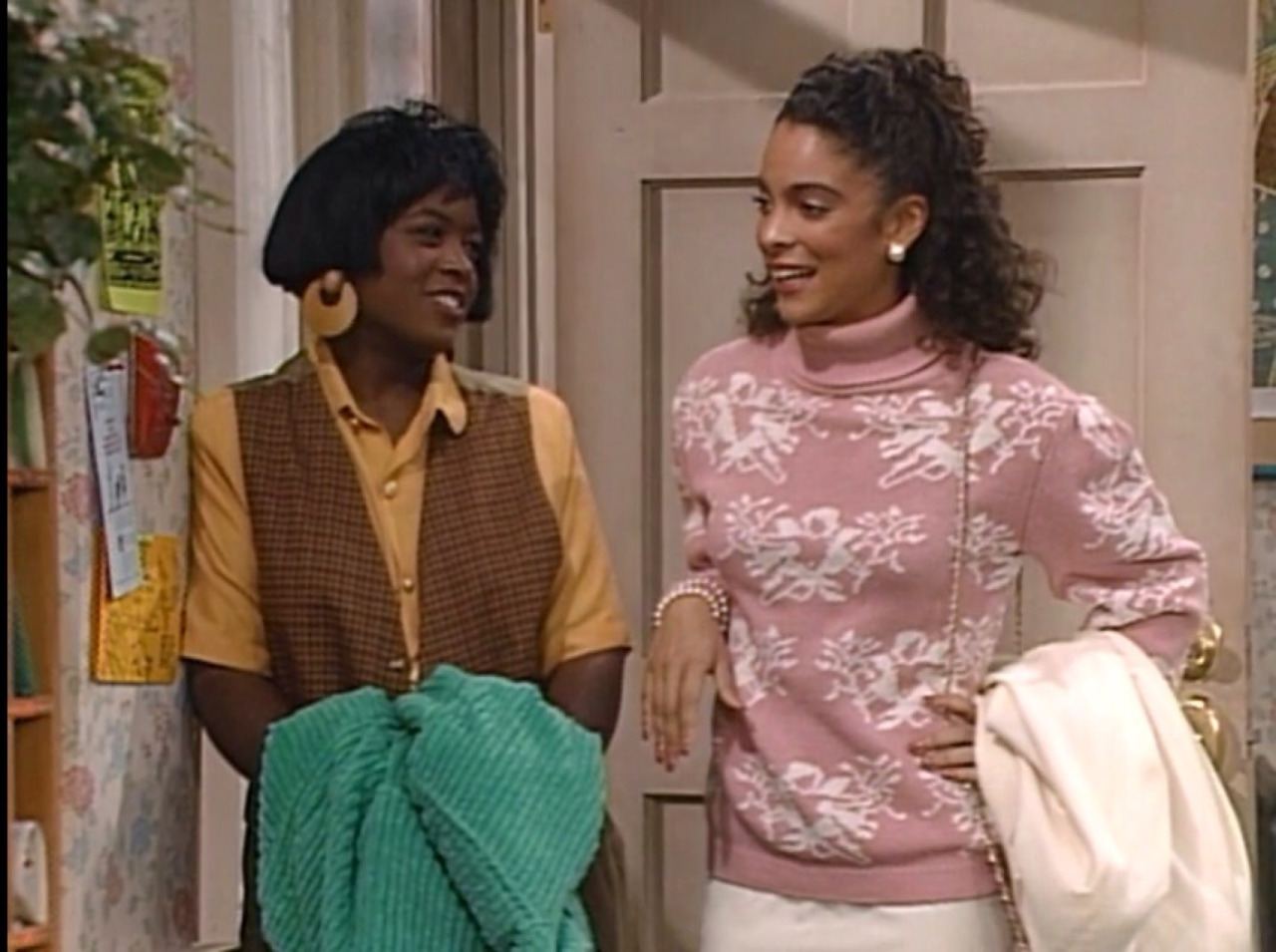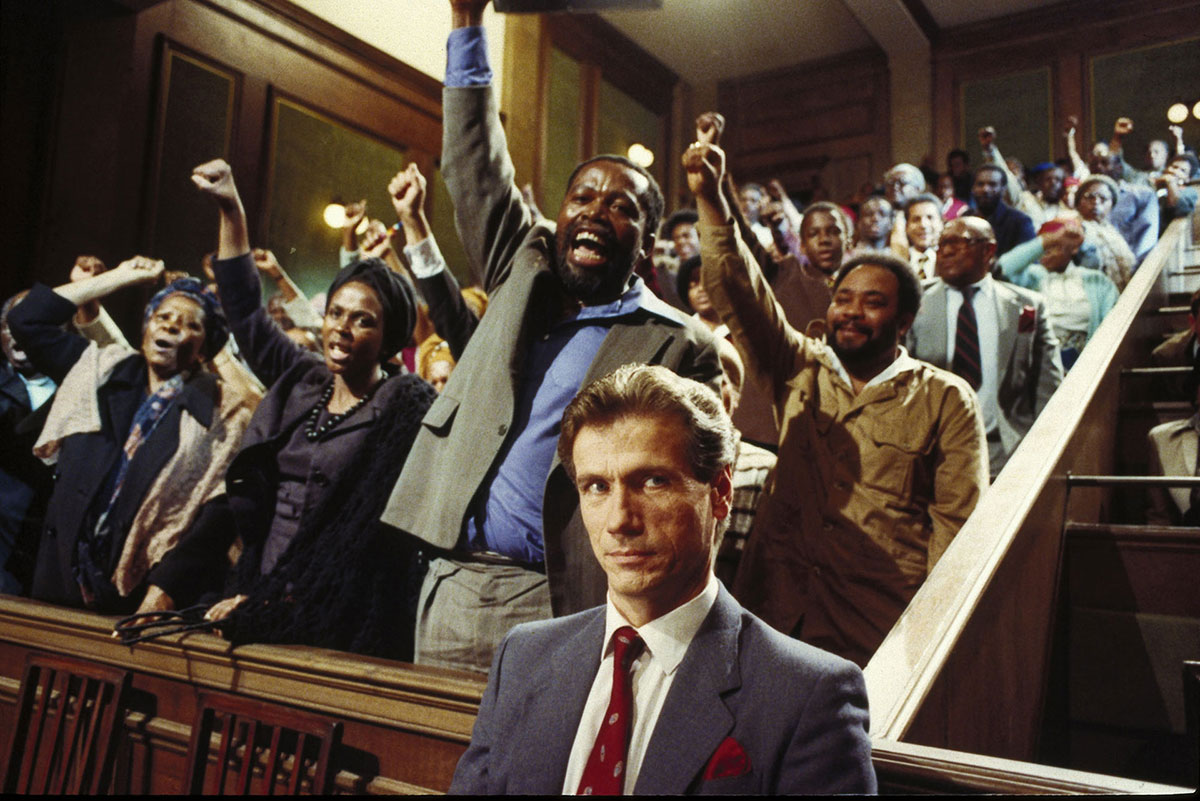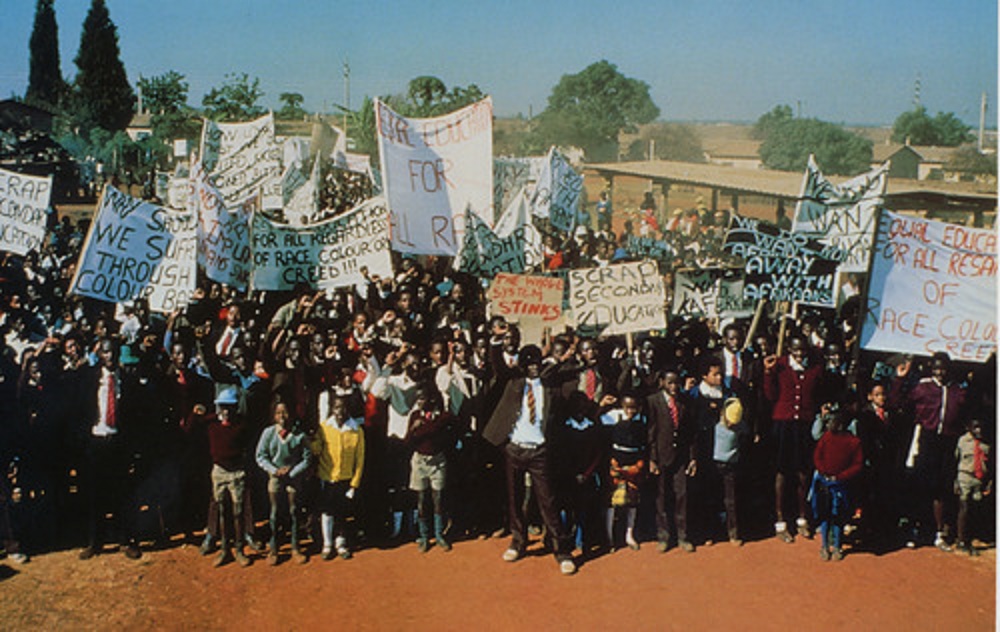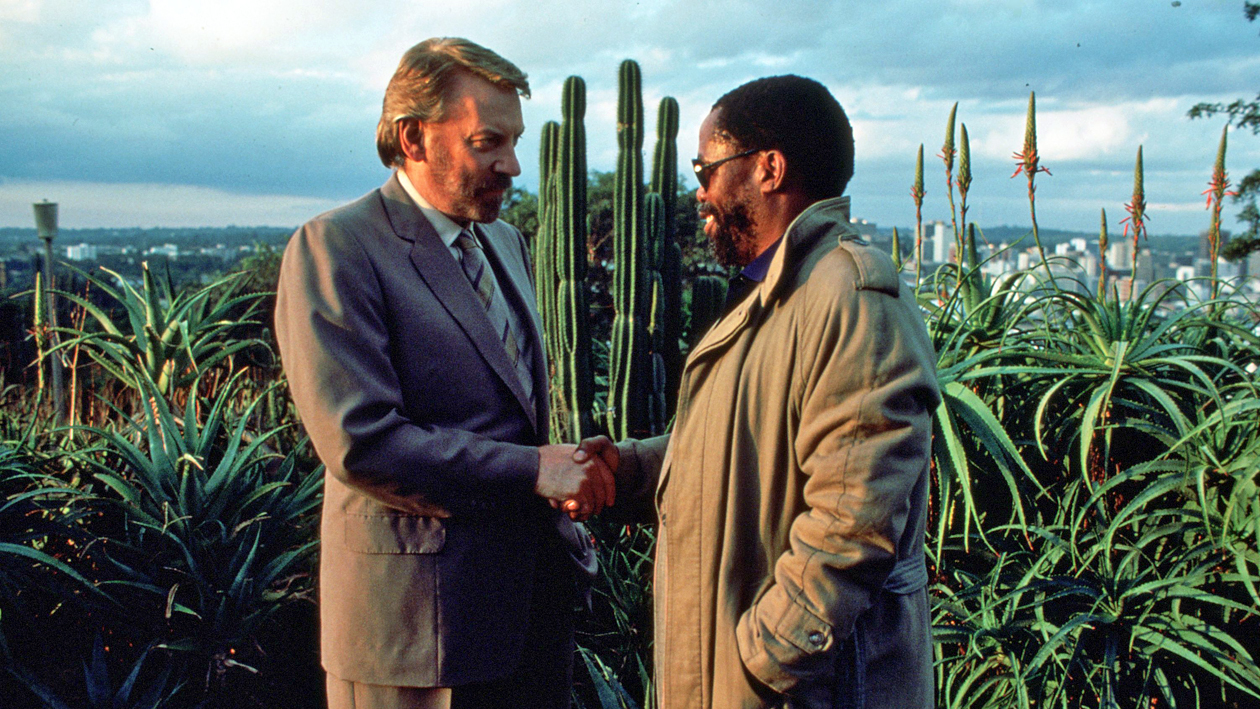This guest post written by Shara D. Taylor appears as part of our theme week on Ladies of the 1980s.
The 1980s hit series A Different World will forever hold a special place in my life. Set at the fictional, historically Black school Hillman College, it became my North Star to an experience largely foreign to me — undergraduate life. It gave me insight into the strength gained from friendships with Black women. It provided me with a reason to focus on my schoolwork, even when I found myself spending an inordinate amount of time in the principal’s office.
As my mom tells it, she raised me to think college was the natural next step after high school. Despite having no one else in my family who had completed a bachelor’s degree, I never considered other options. She probably didn’t know it then, but her efforts came with reinforcements in the form of a Thursday night TV show. I knew my life probably would resemble the lives of the students at Hillman, though it meant following an obscure path made brighter by these representations.
Because of A Different World, a spin-off of The Cosby Show, I didn’t see the obstacles ahead of me. I didn’t listen to the teachers who predicted doom and gloom for my future. Instead, I listened to southern belle Whitley Gilbert (Jasmine Guy) when she explained how her grandfather learned to love himself during his time at Hillman. I paid attention when the earthy Freddie Brooks (Cree Summer) extolled the need to remember history after discovering a stop on the Underground Railroad behind a wall in the Gilbert Hall dorm. It still gives me goose bumps when I reflect on that episode.
When pre-med student Kimberly Reese (Charnele Brown) stretched herself too thinly with her classes, jobs, and extracurricular activities, Freddie and Kim’s other friends forced her to party when she really wanted to study. She woke up exhausted the next day, but managed to ace her exams.
Jaleesa Vinson (Dawnn Lewis), an older Hillman student who had been married and divorced before enrolling, played big sister to a lively group of early 20-somethings. She often butted heads with the spoiled Whitley whose divorced, Hillman alumni parents gave her everything she wanted without teaching her any responsibility. Over time, their relationship grew into one of mutual respect, though they still worked each other’s nerves.
I couldn’t describe it as a youngster, but I recognized the complexities in these relationships. I figured my life might be like theirs some day, so I paid close attention.

While writing this piece, I thought about the images of Black women that had appeared on television prior to A Different World’s premiere in 1987. I couldn’t find one example of a group of young, Black girlfriends finding their way in life while walking on the wobbly bridge into womanhood. To be sure, other Black women had shared friendships on the small screen before A Different World’s debut. In the 1970s, there were Florida Evans and Willona Woods on Good Times and Louise Jefferson and Helen Willis on The Jeffersons. In the 1980s, the women of 227 — Mary Jenkins, Rose Lee Holloway, Pearl Shay, and Sandra Clark — supported each other as adults. However, all of these women lived more stable lives than college students.
We saw more representations of young, Black women throughout the 1990s and 2000s in Living Single, Moesha, and Girlfriends. For me, none matched the camaraderie that I felt with the characters on A Different World.
Although my love of the show began when I was only four years old, it sustained me through my rough middle school years when I landed myself in the principal’s office several times per week. In high school, my main goal was to get to college with as few visits to the principal as possible. Somewhere along the way, I absorbed A Different World and its rich characters into my bloodstream. Seeing images of young, gifted, and Black women pursuing higher education at a historically Black college or university (HBCU) shaped my vision for my life. As a child, I knew for sure that I wanted to continue my education at a school like Hillman.
I remember the day I told my mom that I planned to attend Howard University (HU!). I was a junior in high school. A substitute teacher in my Algebra II class suggested it when I told her about my desire to study business at an HBCU. I went home that afternoon, searched Howard’s website, and decided it fit my criteria. That evening, I walked into my mom’s room and declared my intentions. She fell silent for a minute. “I can guarantee you one year. You have to figure out the rest,” she replied. I accepted her challenge. I knew I’d get to Howard somehow; my Hillman friends-in-my-head had convinced me of it.
Throughout my time as an undergrad, I often stood in awe of my peers and what I saw them accomplishing. At Howard, the women on campus held leadership positions in student government, social justice organizations, and pre-professional associations. My female classmates pushed me to be a better woman, a better friend, and a better global citizen. As if on cue, they offered encouragement when I needed it most and reality checks when I lost my way. The women of Hillman did the same for each other. They shared their triumphs and disappointments in their careers and their love lives. They uplifted each other when the outside world tried to belittle their existence for being Black and woman. They wouldn’t stand for it and neither would my Howard people.
In 2015, I celebrated my 10-year Howard class reunion with a couple hundred of my beautiful classmates. Nothing could have prepared me for the swell of love and pride I felt being back on campus. I have yet to find another environment as nurturing and supportive as the one at Howard.
Many years after my trying adolescence, my mom asked me how I managed to keep up my grades despite my rebellious behavior. I explained that being smart and being “cool” were never mutually exclusive in my mind. She and I can thank A Different World for that.
Every Thursday for six years, I watched my future self and my future classmates laugh and cry and dance across my screen. I’m not sure where I would’ve landed without Whitley and Freddie or Kim and Jaleesa. I don’t know where I’d be without the women of Howard University who continue to inspire me.
I’ve determined how I exist in this world through them. For that, I’m eternally grateful.
Shara D. Taylor watches films to break the monotony of her raging urban planner lifestyle. Her interests include Hip-Hop, A Different World, Back to the Future, and everything directed by Ava DuVernay. You can send her pleasant tweets @sharas_soapbox.






